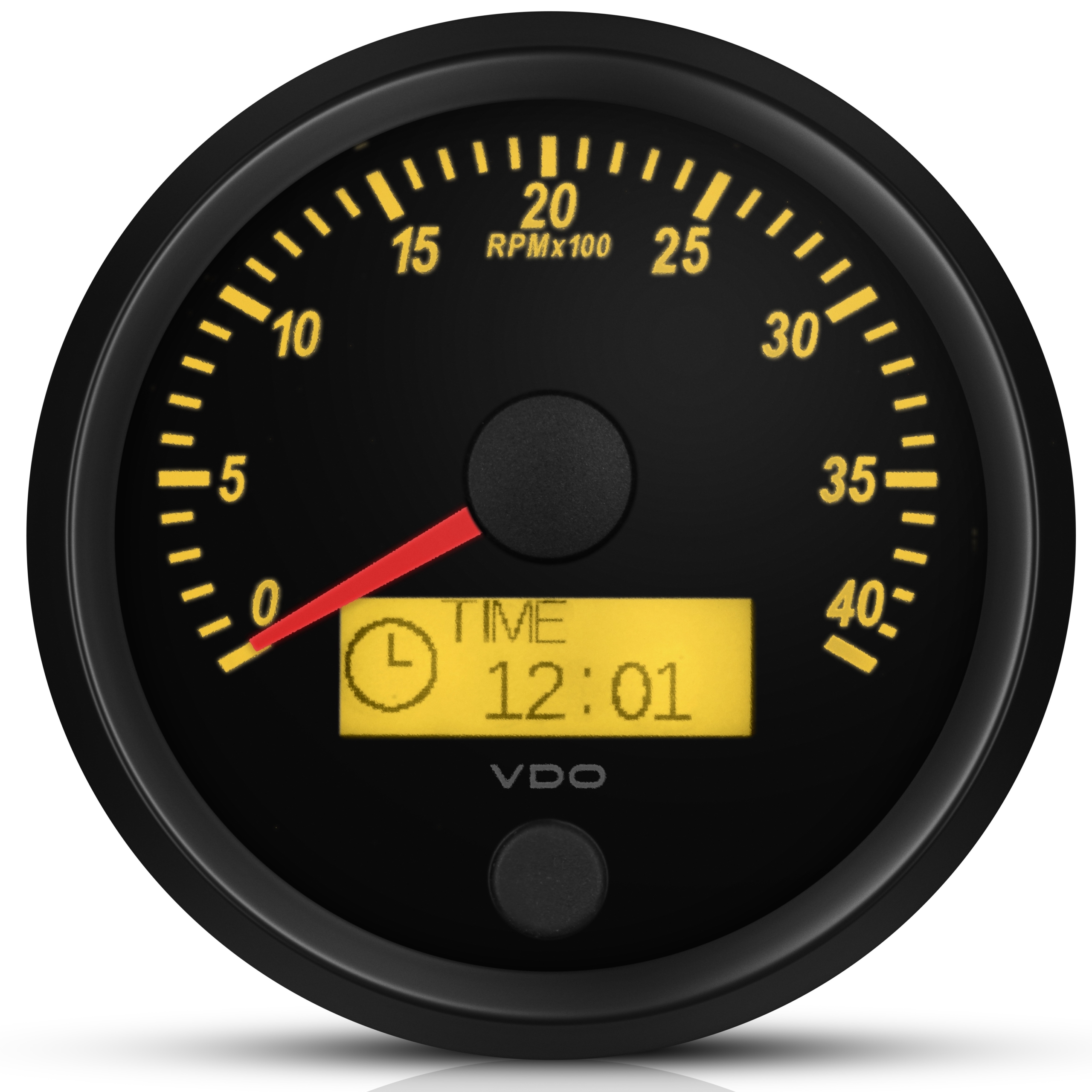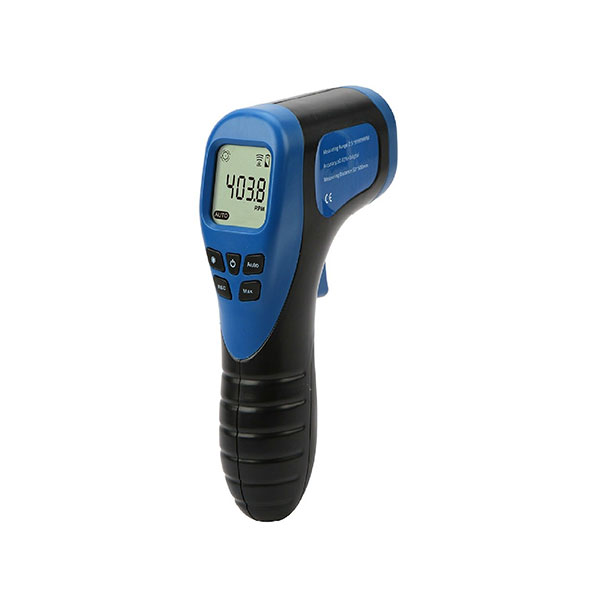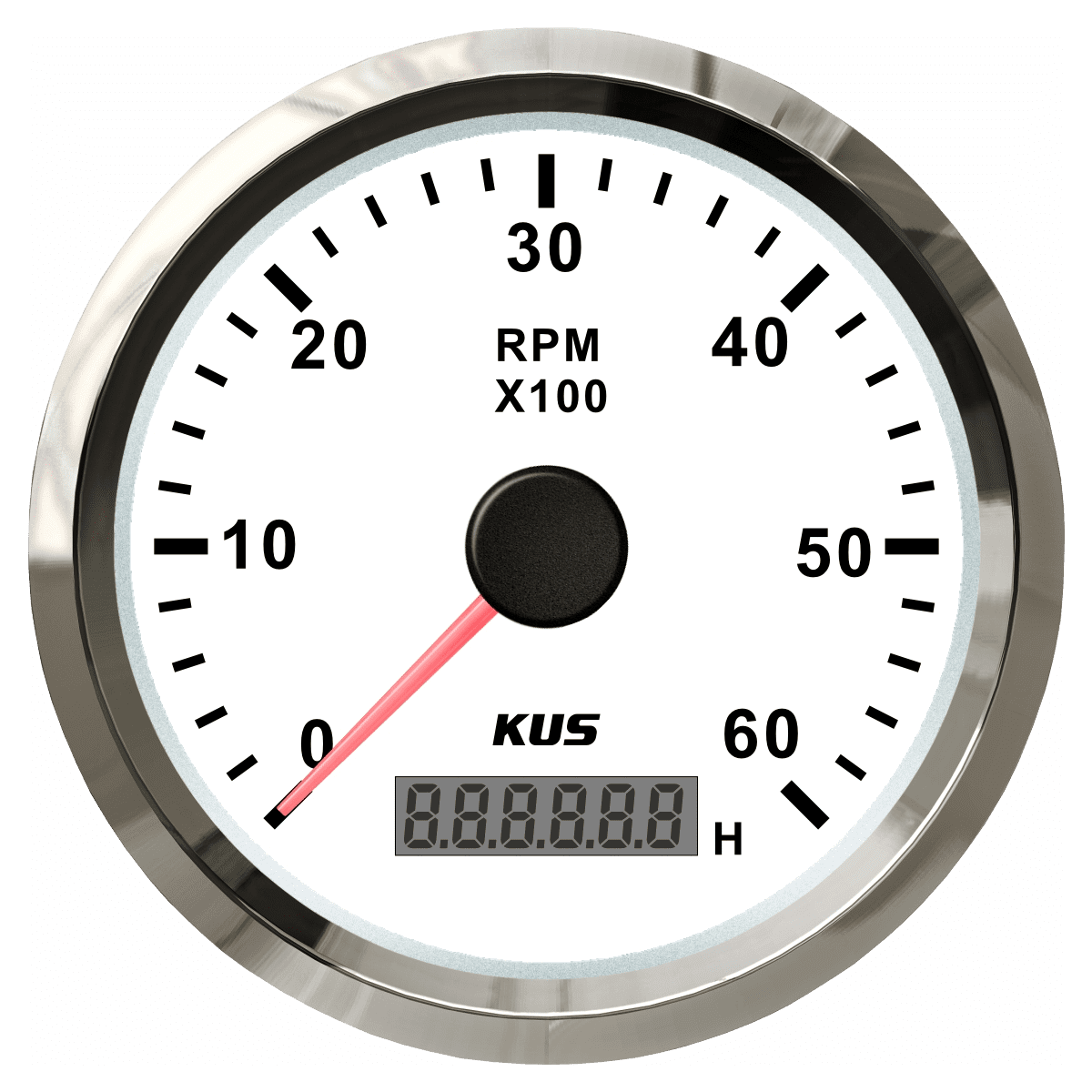The Significance of a Tachometer in Keeping Track Of Engine Rate and Performance in Automotive Applications
In the realm of vehicle engineering, the tachometer stands as a critical instrument in the driver's arsenal, providing a straight home window into the internal functions of a vehicle's engine. Past its function as a plain gauge of transformations per min (RPM), the tachometer offers as a critical device for enthusiasts and specialists alike, supplying real-time understandings right into engine efficiency and health and wellness.
Value of Keeping An Eye On Engine RPM
Monitoring engine RPM, or transformations per minute, is a vital facet of automotive maintenance and efficiency analysis. Engine RPM straight correlates with the speed at which the engine's crankshaft turns, suggesting exactly how quickly the engine is running - tachometer. By monitoring RPM, technicians can evaluate the wellness of the engine, discover prospective problems, and fine-tune performance. An abnormal RPM analysis might signify troubles such as engine misfires, damaged spark plugs, or issues with the fuel delivery system. Regularly high RPM readings can show aggressive driving habits or the demand for a greater gear change to enhance fuel performance.
Moreover, monitoring engine RPM is vital for efficiency evaluation in racing and high-performance automobiles. In recap, monitoring engine RPM is not only essential for discovering problems but likewise for enhancing engine performance in numerous automotive applications.

Advantages of Real-Time Information
In auto applications, real-time data plays an important duty in giving instant insights into the efficiency and problem of the vehicle. By continuously keeping track of different specifications such as engine speed, temperature, fuel consumption, and more, real-time data provides various advantages that add to boosted performance and safety and security when traveling.
One considerable advantage of real-time information is its capability to sharp drivers and specialists to any abnormalities or concerns without delay. This aggressive method allows quick identification of prospective issues, enabling for timely treatments to avoid more damage or break downs. Additionally, real-time data promotes efficiency optimization by offering immediate responses on driving routines and engine effectiveness. Drivers can readjust their habits in real-time based on this details to accomplish better gas economic climate and prolong the life-span of their automobile.

Furthermore, real-time information plays an important duty in contemporary automotive diagnostics, making it possible for specialists to promptly diagnose and attend to breakdowns. This results in minimized downtime, reduced upkeep costs, and eventually, boosted overall automobile integrity and longevity (tachometer). By taking advantage of the power of real-time data, vehicle stakeholders can make enlightened decisions that positively affect both the efficiency and long life of the vehicle
Influence On Gear Shifts
The tachometer plays an important function in enhancing equipment changes by supplying real-time engine rate data to the chauffeur. When approaching the redline on the tachometer, it indicates the chauffeur to upshift to next page avoid over-revving the engine and triggering prospective damage.
Furthermore, the tachometer aids in achieving smoother equipment changes, especially in manual transmissions. By keeping an eye on engine rate, motorists can perform gear changes at the optimum RPM variety, decreasing snagging movements and reducing wear on the transmission parts. This accuracy in gear changes not just improves driving convenience however also adds to sustain effectiveness.
Enhancing Fuel Performance
Provided the crucial role the tachometer plays in optimizing equipment shifts for efficiency and engine health and wellness, it directly contributes to taking full advantage of fuel performance in auto applications. By offering real-time feedback on engine rate, the tachometer assists vehicle drivers in preserving one of the most reliable RPM variety for gas economic climate. When drivers continually keep track of the tachometer and readjust their driving habits as necessary, they can prevent unneeded fuel usage triggered by over-revving or carrying the engine.
Moreover, the tachometer assists chauffeurs recognize the most fuel-efficient equipment to be in at any given minute, preventing the engine from functioning tougher than required. This is specifically important throughout acceleration and cruising, where remaining in the appropriate gear can substantially affect gas efficiency. Furthermore, the tachometer can inform drivers to prospective mechanical problems that can be negatively impacting gas economy, such as a slipping clutch or a stopped up air filter. Finally, the tachometer acts as an important tool in improving gas efficiency by promoting ideal driving routines and recognizing locations for renovation in the vehicle's performance.

Taking Full Advantage Of Engine Longevity
The tachometer's function in monitoring engine rate and performance is critical in guaranteeing the long life of automobile engines. published here Checking the tachometer enables drivers to stay within the advised RPM range for their lorry, avoiding unneeded strain on the engine and expanding its life expectancy.

Final Thought
To conclude, the tachometer plays go right here a crucial function in keeping track of engine rate and performance in auto applications. By supplying real-time data on RPM, it allows for effective gear shifts, boosted fuel performance, and optimized engine longevity. This device is crucial for preserving optimum engine performance and making certain the overall performance of a vehicle.